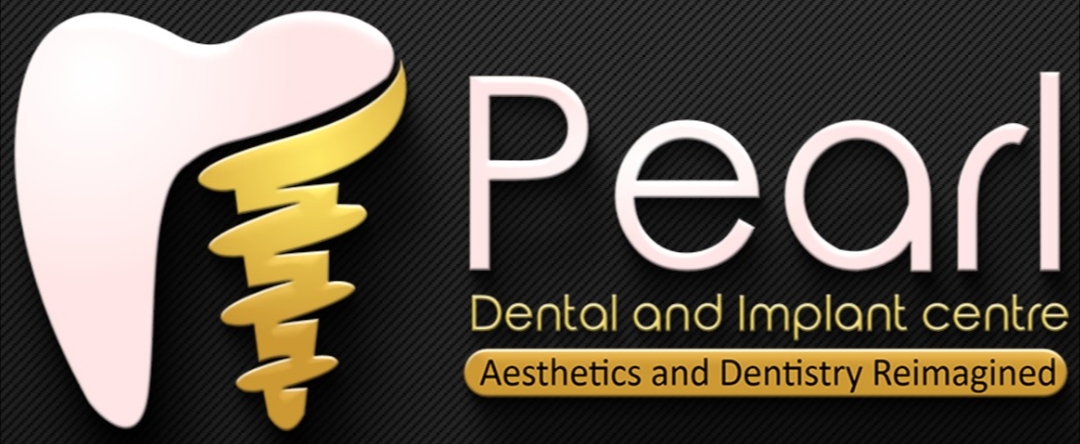 Anaplastology: Restoring Appearance and Function
Anaplastology: Restoring Appearance and Function
Anaplastology is a specialized field within prosthetics that focuses on creating and fitting custom artificial body parts, such as facial prosthetics and limb replacements. This discipline plays a crucial role in helping individuals regain their appearance and functionality after trauma, surgery, or congenital conditions. This blog explores what anaplastology involves, its applications, and the impact it has on patients’ lives.
What Is Anaplastology?
Anaplastology is the science and art of designing and fitting prosthetic devices that restore the appearance and function of body parts lost due to injury, disease, or congenital conditions. Unlike traditional prosthetics, which are often functional, anaplastology emphasizes aesthetic restoration. This includes facial prosthetics such as noses, ears, and eyes, as well as other body parts like fingers and limbs.
Key Areas of Anaplastology
- Facial Prosthetics: These prosthetics replace lost facial features due to trauma, cancer surgery, or congenital defects. They are custom-made to match the patient’s skin tone and facial structure, aiming for a natural appearance.
- Ocular Prosthetics: Designed to replace missing or damaged eyes, ocular prosthetics help restore both appearance and function, improving the patient’s overall quality of life.
- Auricular and Nasal Prosthetics: These prosthetics replace missing ears or noses, enhancing facial symmetry and appearance.
- Partial Limbs: For patients with partial limb loss, anaplastology can provide prosthetic solutions that restore both appearance and some degree of functionality.
The Anaplastology Process
- Consultation: The process begins with a detailed consultation to understand the patient’s needs and goals. This includes discussing medical history, examining the area of prosthesis, and determining the best approach.
- Customization: Impressions of the affected area are taken to create a custom prosthetic. Advanced techniques, including 3D scanning and digital modeling, are often used to ensure a precise fit.
- Creation: The prosthetic device is crafted from high-quality materials that match the patient’s skin tone and texture. The goal is to create a lifelike appearance that blends seamlessly with the existing features.
- Fitting and Adjustment: Once the prosthetic is made, it is fitted to the patient. Adjustments are made as needed to ensure comfort and a natural look.
- Ongoing Care: Regular follow-up appointments ensure that the prosthetic remains in good condition and meets the patient’s needs as their body changes.
Benefits of Anaplastology
- Restoration of Appearance: Anaplastology helps restore lost facial features or body parts, improving the patient’s self-esteem and social interactions.
- Enhanced Functionality: In some cases, prosthetics can restore partial function, such as improved chewing or speaking abilities.
- Psychological Impact: Restoring appearance can have significant positive effects on a patient’s mental and emotional well-being.
Challenges and Considerations
- Comfort and Fit: Ensuring that the prosthetic fits comfortably and securely is a primary concern. Patients may need time to adjust and get used to their new prosthetic.
- Maintenance: Regular cleaning and care are essential to maintain the prosthetic’s appearance and function.
- Emotional Adjustment: Adapting to a new prosthetic can be an emotional process, and psychological support may be beneficial.
Conclusion
Anaplastology offers hope and practical solutions for individuals affected by loss of body parts due to various reasons. By focusing on both function and aesthetics, anaplastologists help patients regain their appearance and confidence. If you or someone you know might benefit from anaplastology, consult with a specialist to explore personalized options that can make a significant difference in restoring quality of life.

 Anaplastology: Restoring Appearance and Function
Anaplastology: Restoring Appearance and Function